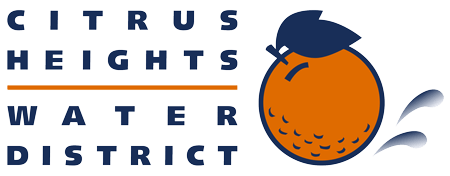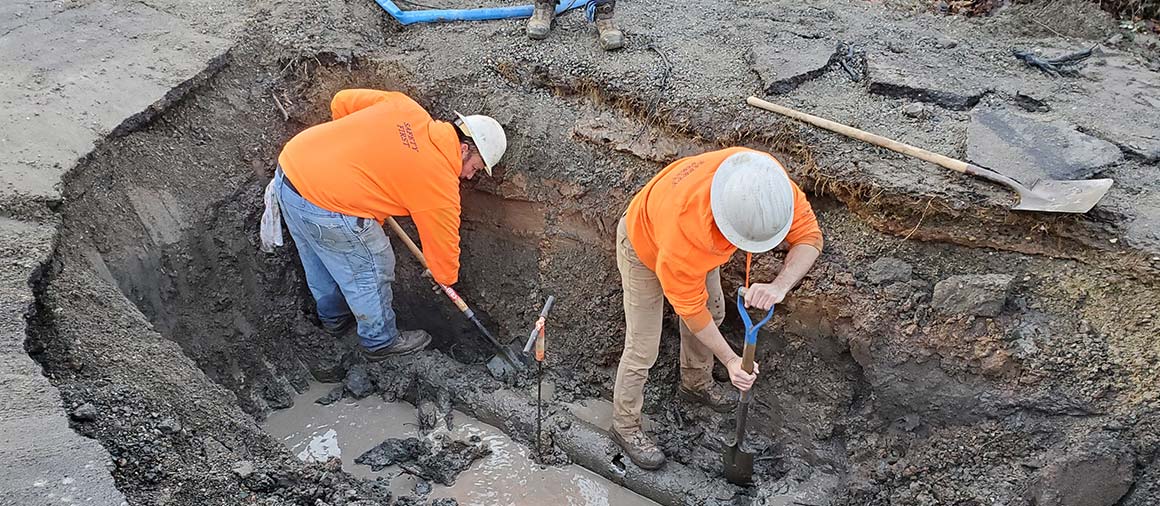
Protecting Our Future Together
Project Description
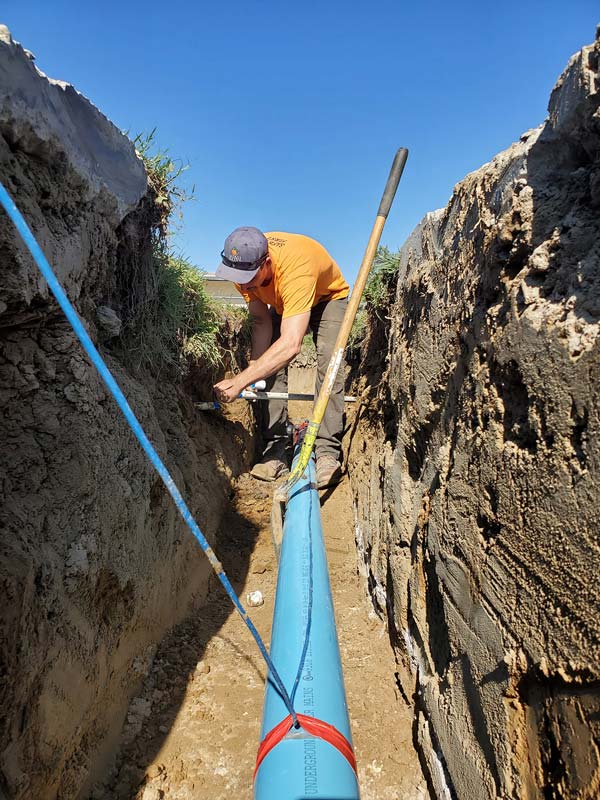
The District’s service area urbanized mostly between 1960-1985. During that time, water mains were mostly installed by private developers. These water mains became donated assets to the District, which then became CHWD’s responsibility to operate, maintain, and replace them.
Today, CHWD operates and maintains over 250 miles of pipelines that distribute water throughout the District’s 12.8-square-mile service area. The life span of a water main is approximately 70 years. CHWD must substantially increase its annual replacement of aging water mains above its current annual level of $2 million per year to nearly $8 million per year beginning in 2030 and beyond for many decades to ensure long term water reliability.
Condition Assessment
The preparation phase is underway for Project 2030. In these early stages, the CHWD team of experts is performing condition assessments to identify which sections of pipelines need to be replaced first. Check out the video to learn more about condition assessment.
Why This Project and Why Now?
Just because water mains are underground does not make them any less important. Reliable water mains deliver water to our residences and businesses. Failed water mains can lead to service disruptions and water loss.
Project 2030 plans to replace more than 70% of CHWD's water mains by 2080. Replacing water mains before they reach critical condition is the safest and most cost-efficient way to address aging infrastructure.
You may notice a "Water Main Replacement Charge" on your water bill. The Project 2030 funding plan balances pre-funding in the years leading up to 2030, pay-as-you-go, and some debt financing. This funding plan ensures intergenerational equity, which allows the responsibility of funding Project 2030 to be equitably distributed across current and future customers.
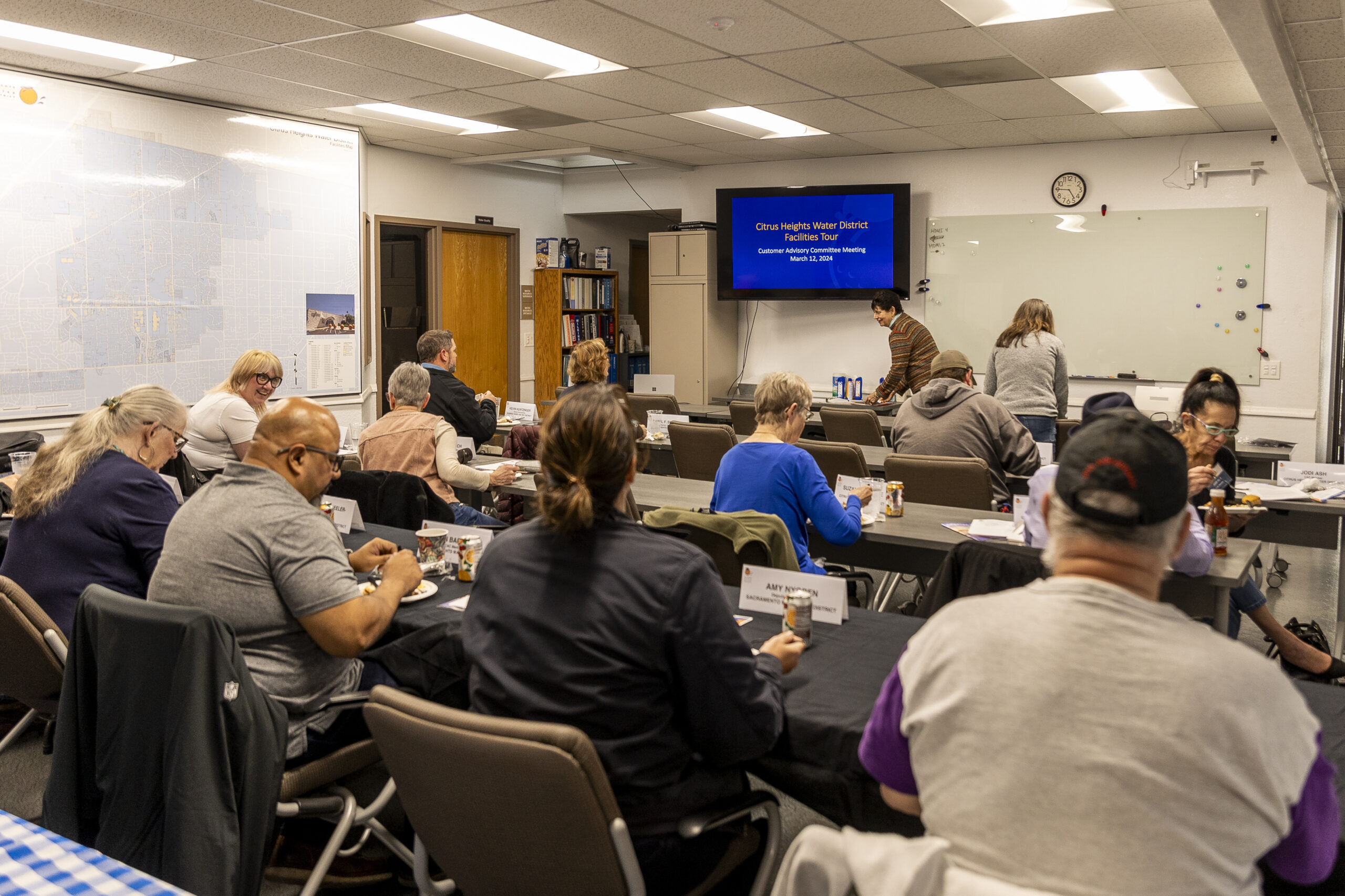
Project 2030 Decision Process: Customer Advisory Committee (CAC) Role
In the spirit of stewardship, CHWD formed a Customer Advisory Committee (CAC) to explore, in-depth, a difficult problem and work through 21 separate scenarios to find the best and most fair recommendation for the community.
The CAC then presented its recommendation to the CHWD Board of Directors on June 29, 2021. The Board approved the CAC’s recommendation and developed a plan to fund work through 2080.
Remaining ahead of anticipated water main replacement needs will minimize system failure, service disruption, and failure-related expenses due to deferred replacements.
FAQs with Missy Pieri | Director of Engineering, CHWD
Q: What is the next step for Project 2030?
A: To help prioritize water main replacements, CHWD is conducting in-field inspections of the District’s transmission (large diameter) water mains. This condition assessment process is a proactive and planned approach which will identify which water mains to replace first.
Q: What does the water main condition assessment look like?
A: We are taking a phased approach to the water main condition assessment. The first step was the Project 2030 Study, which was a high-level risk analysis of the water mains. CHWD is using information from the Project 2030 Study to narrow down which water mains should be further assessed. Field inspection of the water mains, both outside and inside of the pipe, will be conducted starting in 2022. Various inspection techniques will be used based on the pipe type. The phasing of the water main replacement will be refined based on the results of the testing.
Q: Can’t we just wait until something fails and then fix it?
A: As water mains age, they become more prone to failure. A single failure can lead to a cascade of issues including service disruptions and potential property damage. The least expensive and most efficient way to address this is through a proactive, planned approach.
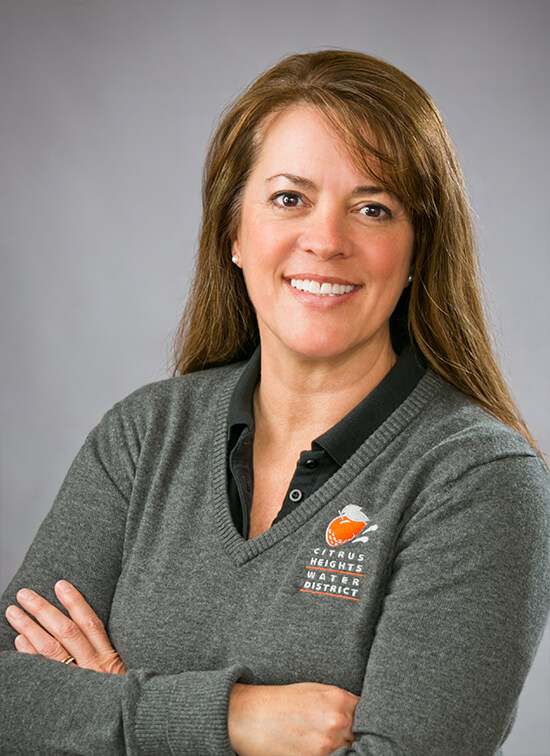
Project 2030 Timeline
Frequently Asked Questions
Stay Informed
Stay informed about Project 2030 developments.
Sign up for our mailed and emailed newsletters.
Questions? Contact Us:
Customer Service: hello@chwd.org
Project Questions: Project 2030 Project Manager Missy Pieri, PE at mpieri@chwd.org

